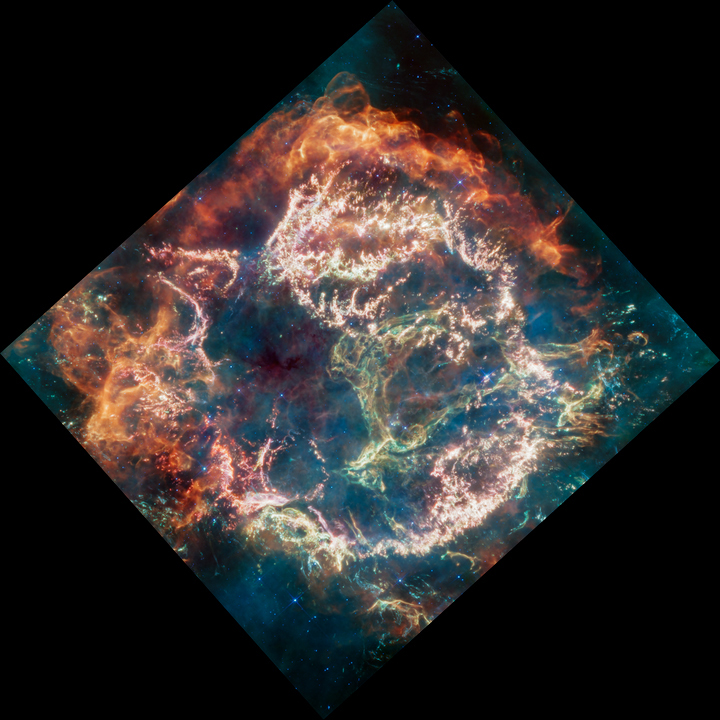
To gaze at the stars is human. To be able to see them in 3D detail is very nearly divine.
Divine vision is what the James Webb Space Telescope has granted Earthbound scientists in a new near-infrared, detailed image of Cassiopeia A (Cas A), a stellar remnant—the clouds of gas, dust and other material left behind when a star dies. Danny Milisavljevic, assistant professor of physics and astronomy in Purdue University’s College of Science, studies supernova remnants and leads a year one research team on the JWST examining Cas A.
“I have spent 17 years studying stars and their ...
Read More








Recent Comments